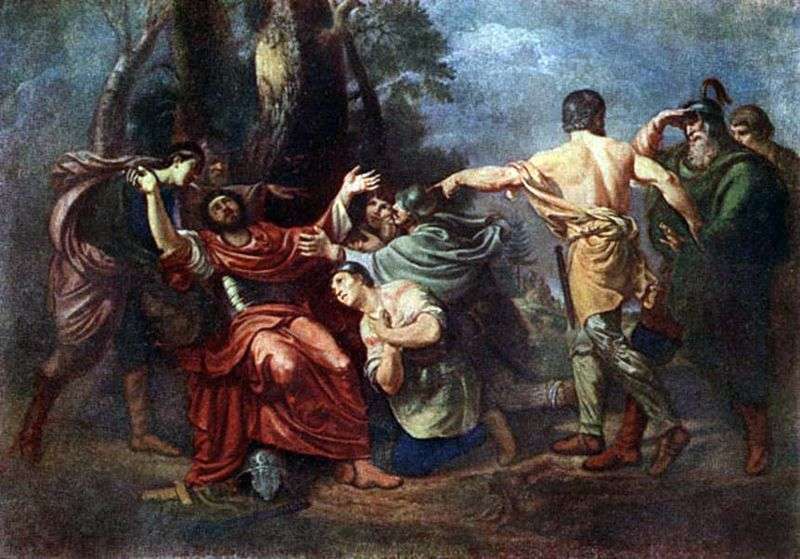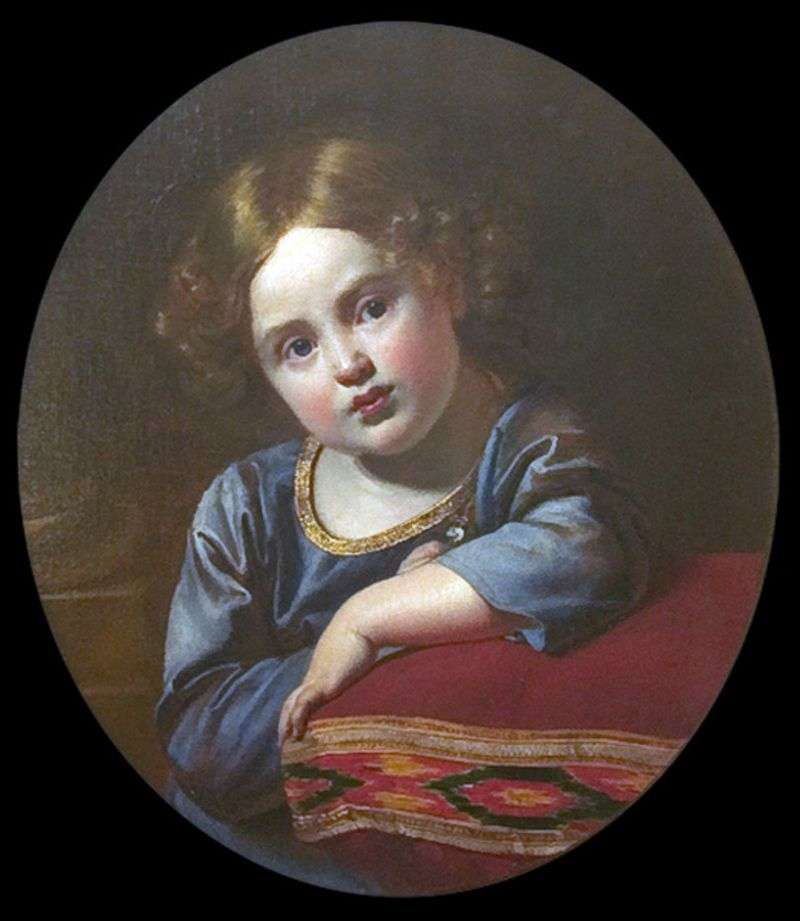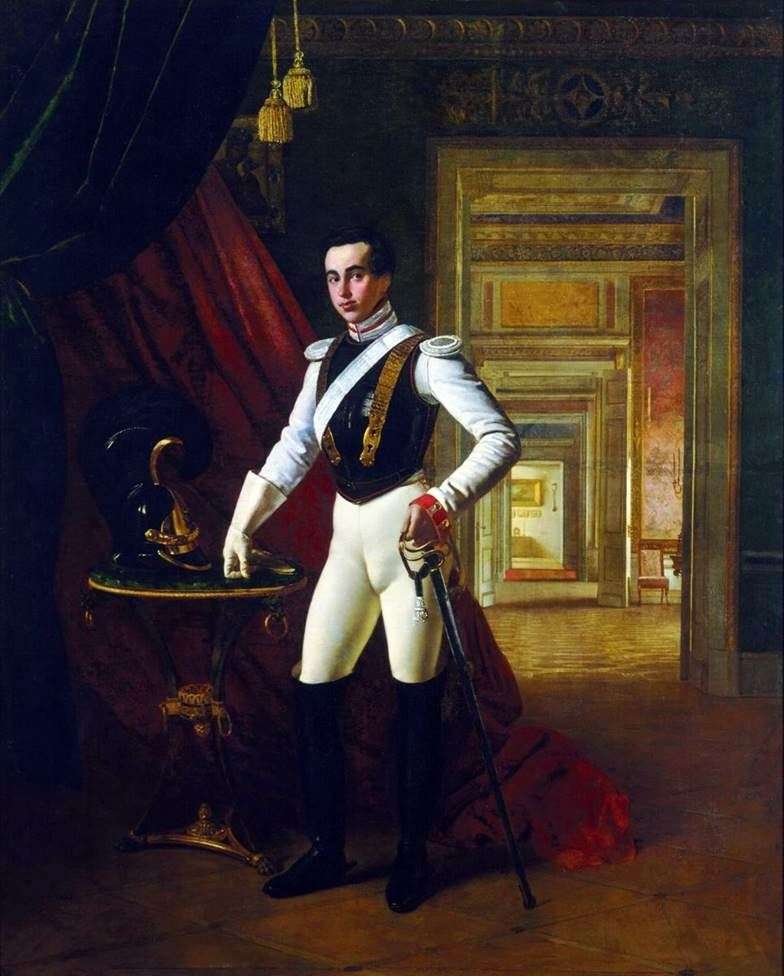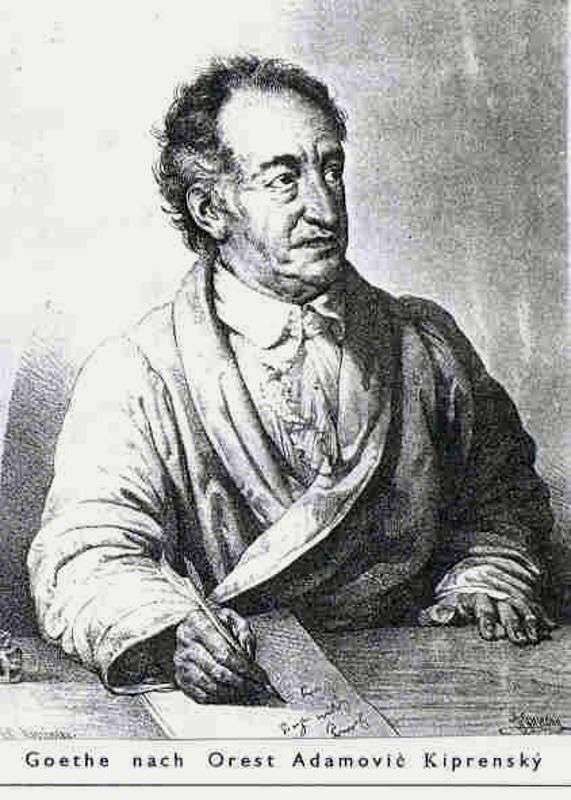
Thorvaldsen – one of the greatest sculptors, genus. in Copenhagen on November 19, 1770. His father, an Icelander by birth, was a woodcarver and, wishing to have an assistant in his son, attached him, in 1787, to the pupils of the Copenhagen Academy of Arts. Just two years later, he was awarded a small and large silver medal in sculpture class, in 1791 he was small. gold, and in 1793 a great gold medal, with which the right to receive a scholarship for a three-year stay in foreign lands was connected. In 1796 he went to Italy.
His main mentor in Copenhagen was the gifted Danish sculptor Widevelt, from whom Torvaldsen first learned to love and appreciate the ancient art. The work of the young T. in his homeland not only showed him a brilliant student of hope, but also an independent artist, although in the true sense of the word T. “found himself” as an artist only in Italy, where he admired the rich world of ancient art and Raphael studied the greatest attention. It should be said that in Russia, Thorvaldsen was well known already in the second period of his work, namely, in the 15th – 20s. Х1Х centuries.
It was largely due to the orders of the Russian nobility – A. Didrichstein, EA Osterman-Tolstoy, MA Naryshkina, NN Demidova, MF Baryatinskaya and others. Torvaldsen’s fame grew in the early 20s., when the sculptor performed the bust of the Russian Tsar Alexander I from nature, and soon to him as a pensioner of the Russian Academy of Arts was officially affixed sculptor BI Orlovsky. A little earlier, another Russian sculptor, SI Galberg, himself chose a Danish master for himself as a teacher.
The popularity of Thorvaldsen in Russia was greatly facilitated by links with artists such as O. Kiprensky, S. Shchedrin, K. Bryullov, A. Ivanov, F. Bruni. In the 20-th – 30-ies. – Thorvaldsen – a great name, an undoubted authority in Russian art circles. In 1824 he was elected an honorary freelancer of the Russian Academy of Arts. Thus, the most productive, most intense years in the work of a Danish sculptor – from the middle of the second to the middle of the third period – is simultaneously the heyday of his glory in Russia.
 Portrait of actress ES Semenova by Orest Kiprensky
Portrait of actress ES Semenova by Orest Kiprensky Portrait of Anna Feodorovna Furman by Orest of Kiprensky
Portrait of Anna Feodorovna Furman by Orest of Kiprensky Prince Dimitry Donskoy after the Battle of Kulikovo by Orest of Kiprensky
Prince Dimitry Donskoy after the Battle of Kulikovo by Orest of Kiprensky Portrait of Count F. V. Rostopchin by Orest of Kiprensky
Portrait of Count F. V. Rostopchin by Orest of Kiprensky Portrait of E. G. Gagarin in his childhood by Orest Kiprensky
Portrait of E. G. Gagarin in his childhood by Orest Kiprensky Portrait of Count N. Sheremetev by Orest of Kiprensky
Portrait of Count N. Sheremetev by Orest of Kiprensky Portrait of Alexander Shishkov by Orest of Kiprensky
Portrait of Alexander Shishkov by Orest of Kiprensky Portrait of Goethe by Orest of Kiprensky
Portrait of Goethe by Orest of Kiprensky